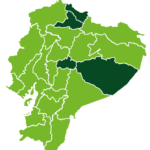
Location:
Imbabura Province, Cotacachi Canton, García Moreno Parish

Nearby Communities:
Villaflora de Manduriacu.

Area:
966 hectares.

Ecosystems:
Foothill and lower montane forest.
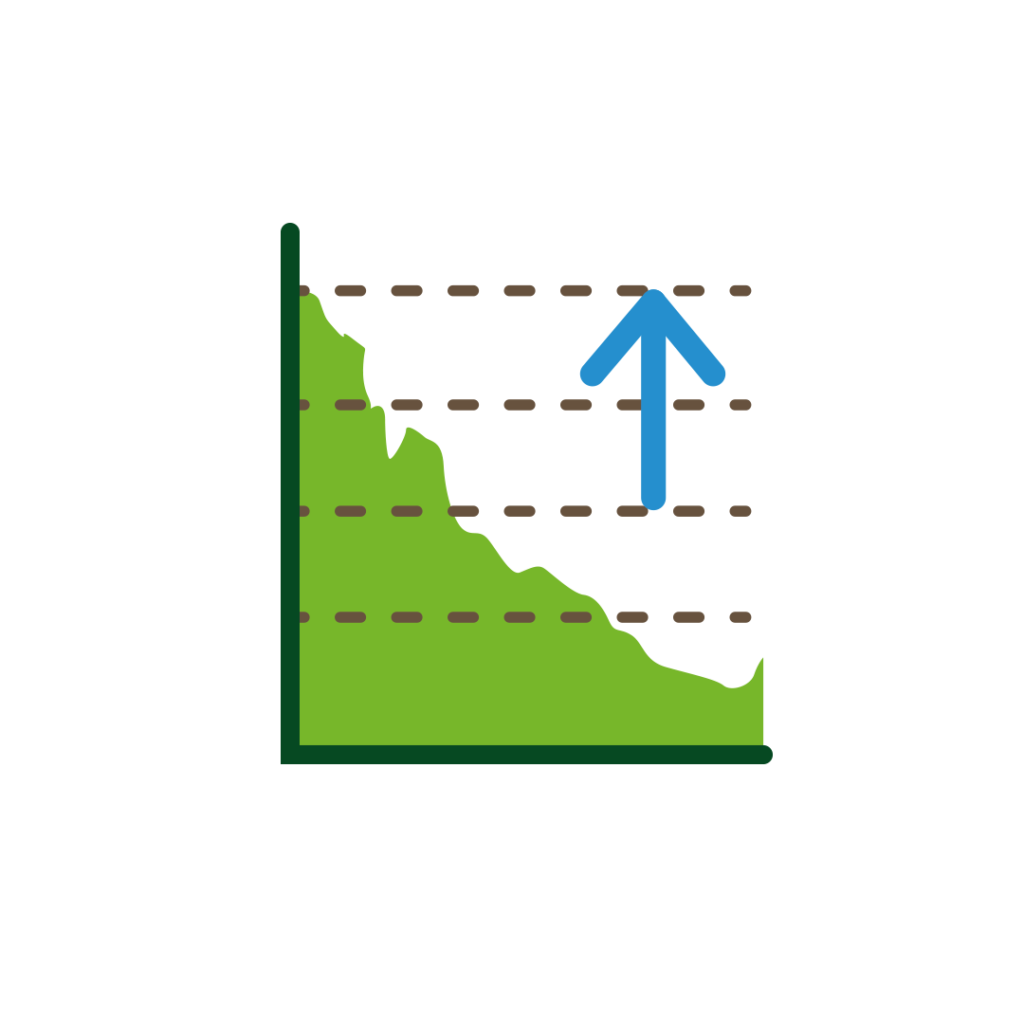
Elevation range:
1,050 – 1,950 m a.s.l.

Threatened Species:
Ateles fusciceps (EN), Mindomys hammondi (EN), Cephalopterus penduliger (VU), Rhaebo olallai (CR), Nymphargus balionotus (CR), Nymphargus balionotus (EN), Pristimantis mutabilis (EN), Magnolia chiguila (CR).
Bookings
About the Reserve
The Río Manduriacu Reserve is located in northwestern Ecuador, in Cotacachi Canton (Imbabura Province), where the Chocó bioregion meets the Tropical Andes. The reserve lies within the micro-watershed of the Manduriacu River—an area of extraordinary biodiversity that faces serious threats from mining, livestock grazing, deforestation, land invasions, large infrastructure projects, and monocultures. The region has high rainfall and humidity, with average temperatures between 18–20°C.
This reserve is part of the Municipal Conservation and Sustainable Use Area of Intag-Toisán (ACUSMIT), created by ordinance of the Cotacachi Municipal Government on April 18, 2019. It borders Cotacachi-Cayapas National Park and the Los Cedros and El Cebú Protected Forests, forming a critical conservation landscape in the lower elevations of Imbabura Province.
EcoMinga’s presence in the area began in partnership with Fundación Cóndor Andino, which identified an initial 600-hectare priority zone around the community of Villaflora de Manduriacu. Under a co-management agreement, EcoMinga now manages and protects 966 hectares within the reserve.
One of the most significant milestones here was the rediscovery of the (Nymphargus balionotusa species once thought extinct and now listed as Critically Endangered (CR). The reserve has also yielded discoveries of species new to science, such as theRhaebo olallaiand the Nouns Glassfrog (Hyalinobatrachium nouns),Hyalinobatrachium nounsendemic to the Toisán range.
Flora and Fauna
The Tropical Andes are the most prolific region for amphibian species discoveries in South America—and the Manduriacu Reserve is no exception. It is home to several highly threatened, endemic frog species, including:
Rhaebo olallai, CR), the Andean Toad of Tandayapa (Nymphargus balionotus, CR), Frog Glass of Nouns (Hyalinobatrachium nounsalong with other species such as the frog crystal point cinnamon (Nymphargus balionotus, IN) and the Cutín Mutable (Pristimantis mutabilis, IN). Other wildlife species are highly endangered include the Bird Umbrella Longuipéndulo (Cephalopterus penduliger, VU), the Cuckoo Nest Banded (Neomorphus radiolosus, IN) and occasionally the Spider Monkey Head Brown (Ateles fusciceps, IN).
The reserve is also a refuge for rare and endemic plants, such as Masdevallia purocafeanaand the newly described tree Magnolia chiguila (CR), along with an as-yet-unnamed Magnolia species . Small mammals include the Ecuadorian endemic Mindomys hammondiMindomys hammondiand Pattonimus musseri(Musser’s Montane Rat),which is only known from this reserve.

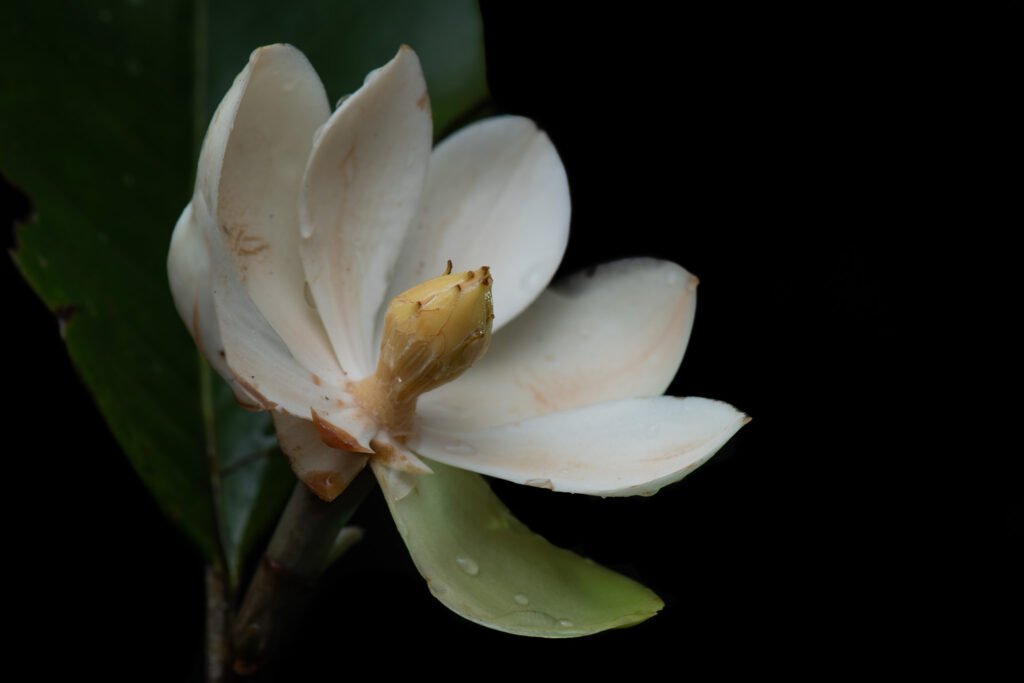
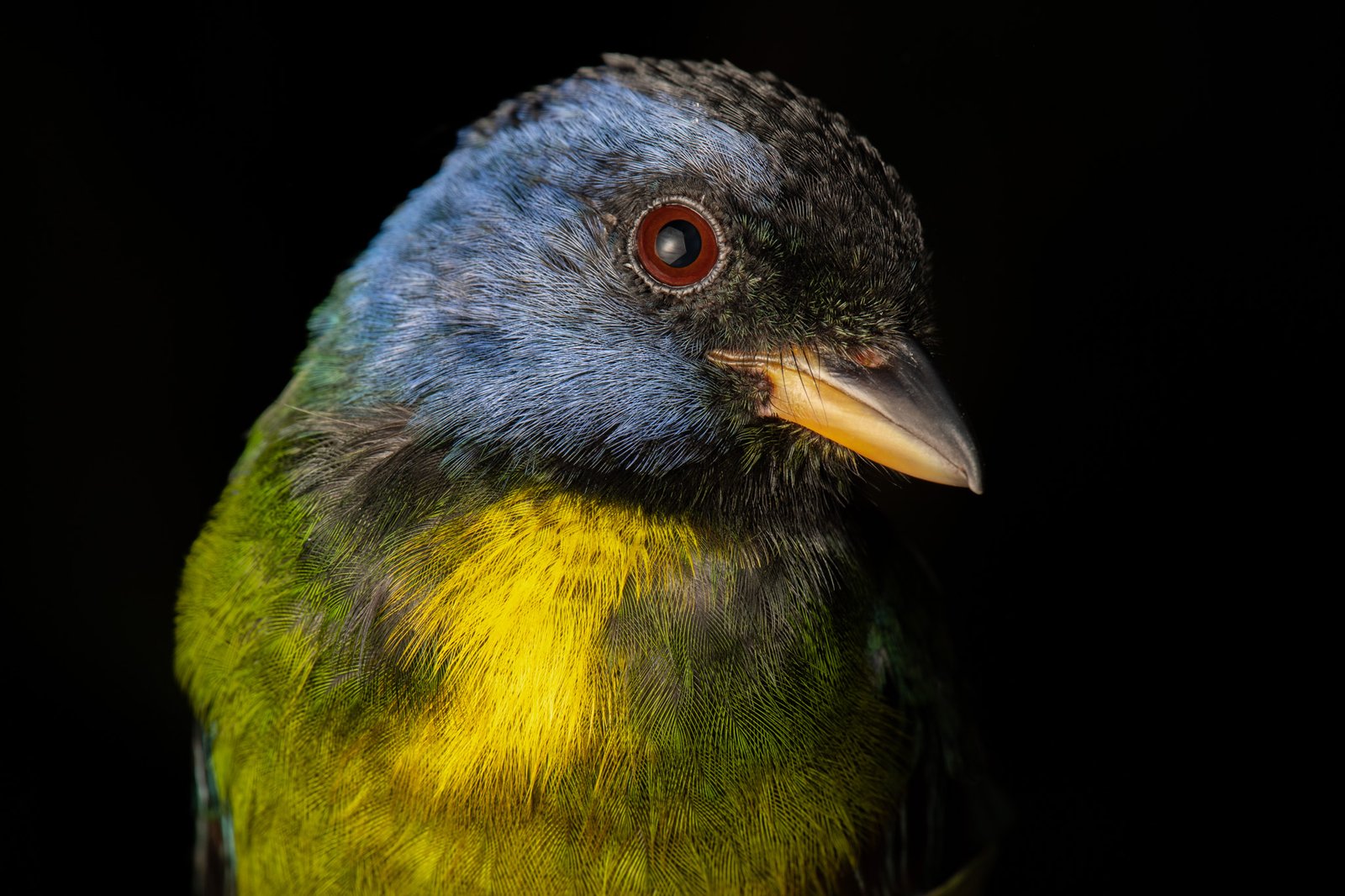
How to Visit the Río Manduriacu Reserve
You can reach the community of Villaflora de Manduriacu—the nearest settlement to the reserve—via public or private transportation.
Route 1 (from Quito):
Take the E28 highway heading toward Los Bancos – Pachijal – Cielo Verde. From Cielo Verde, follow a gravel road for approximately 6 km (around 20 minutes) to reach Villaflora de Manduriacu. Total travel time: ~3 hours.
Route 2 (from Ibarra):
Drive toward Cotacachi – Apuela – Chontal – Magdalena – Cielo Verde. If arriving in Cielo Verde by public transport, you can hire a pick-up truck to Villaflora for about $10. Total travel time: ~5 hours.
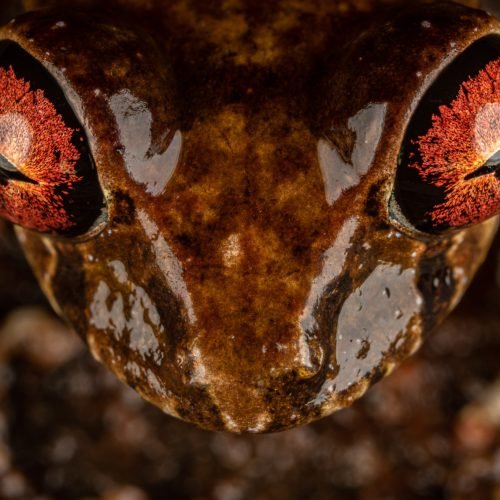
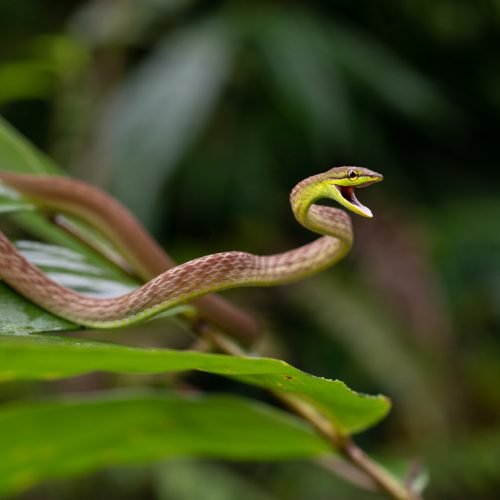
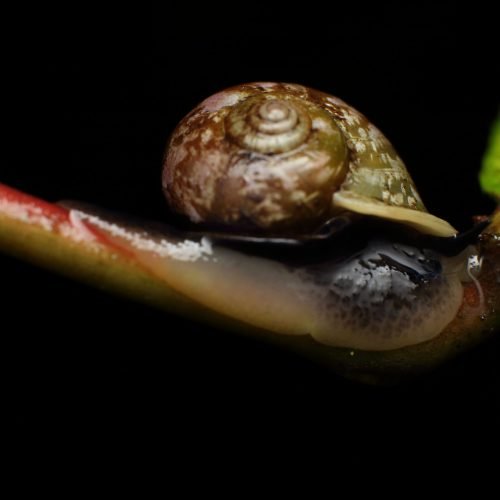
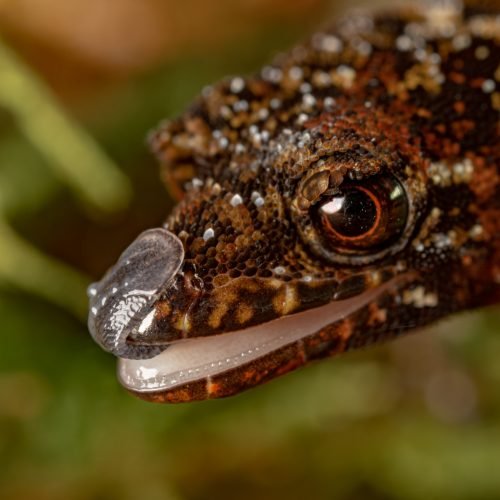

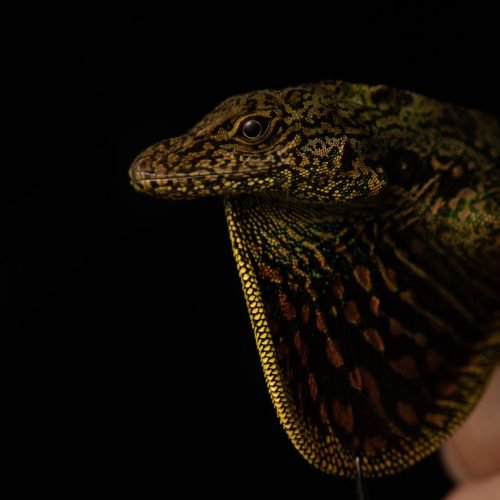



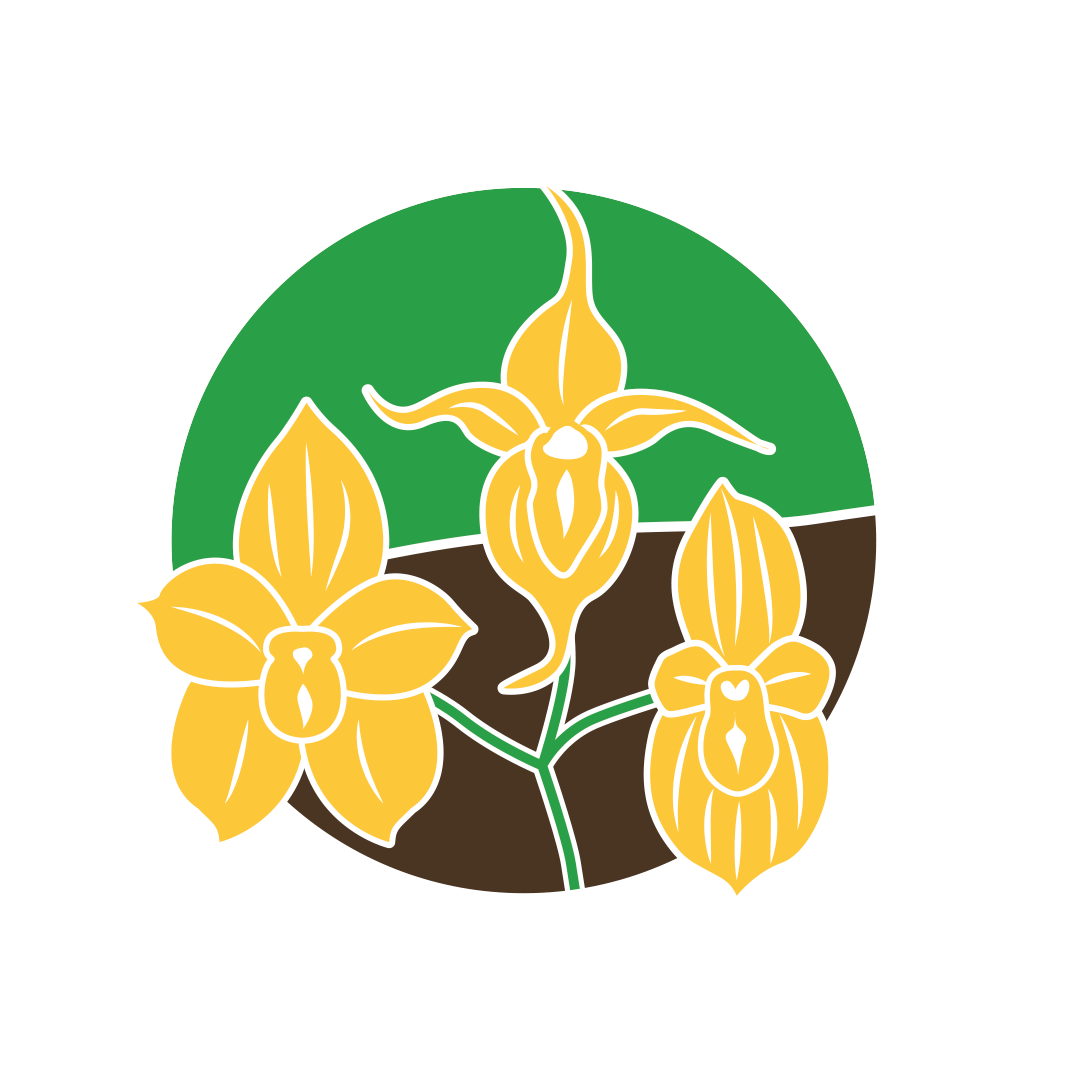 Private Protected Area Candelaria
Private Protected Area Candelaria
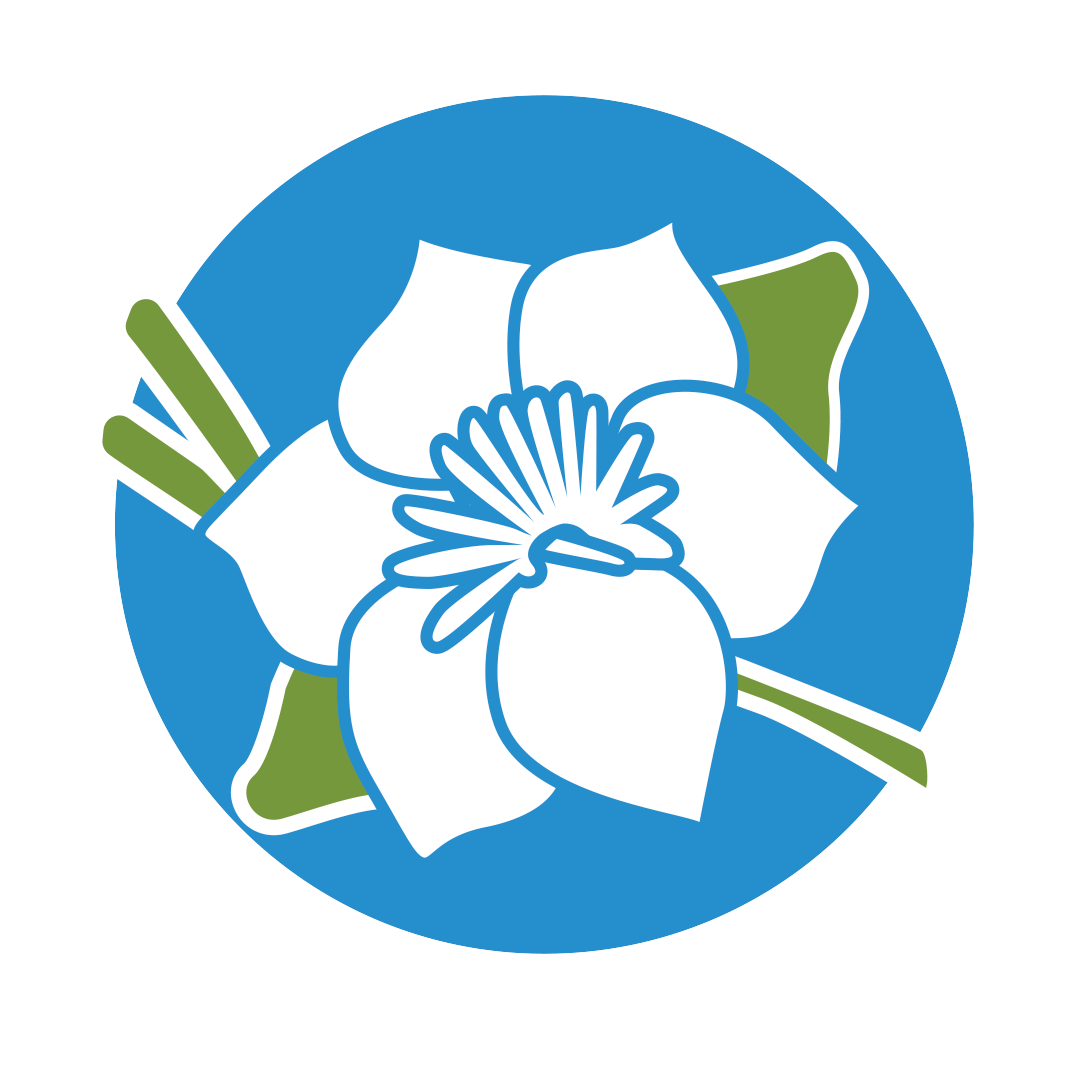 Booking Naturetrek Candelaria
Booking Naturetrek Candelaria
 Booking Naturetrek Vizcaya
Booking Naturetrek Vizcaya
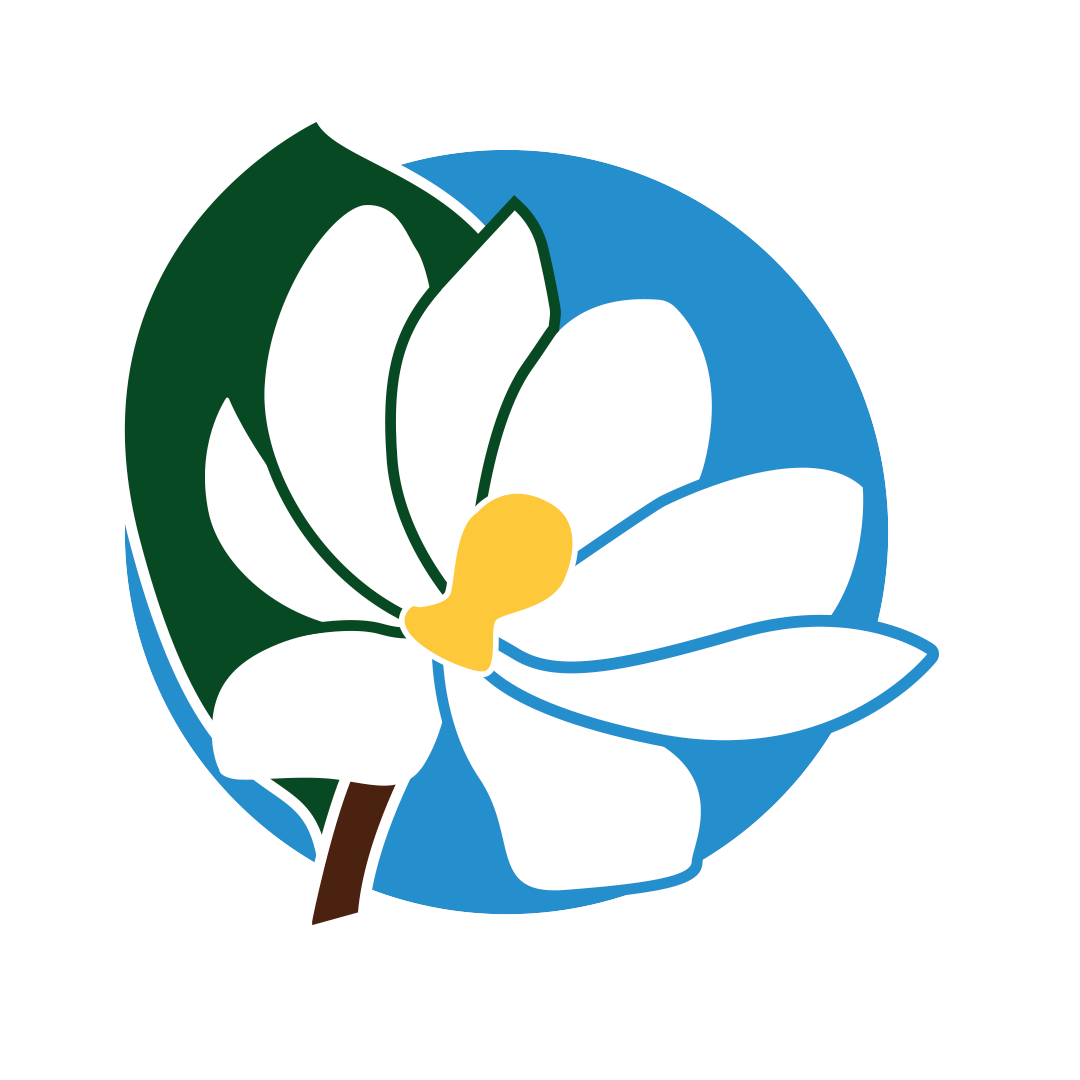 Zuñag Private Protected Area (Wildlife Refuge)
Zuñag Private Protected Area (Wildlife Refuge)
 Booking Noah Britton
Booking Noah Britton
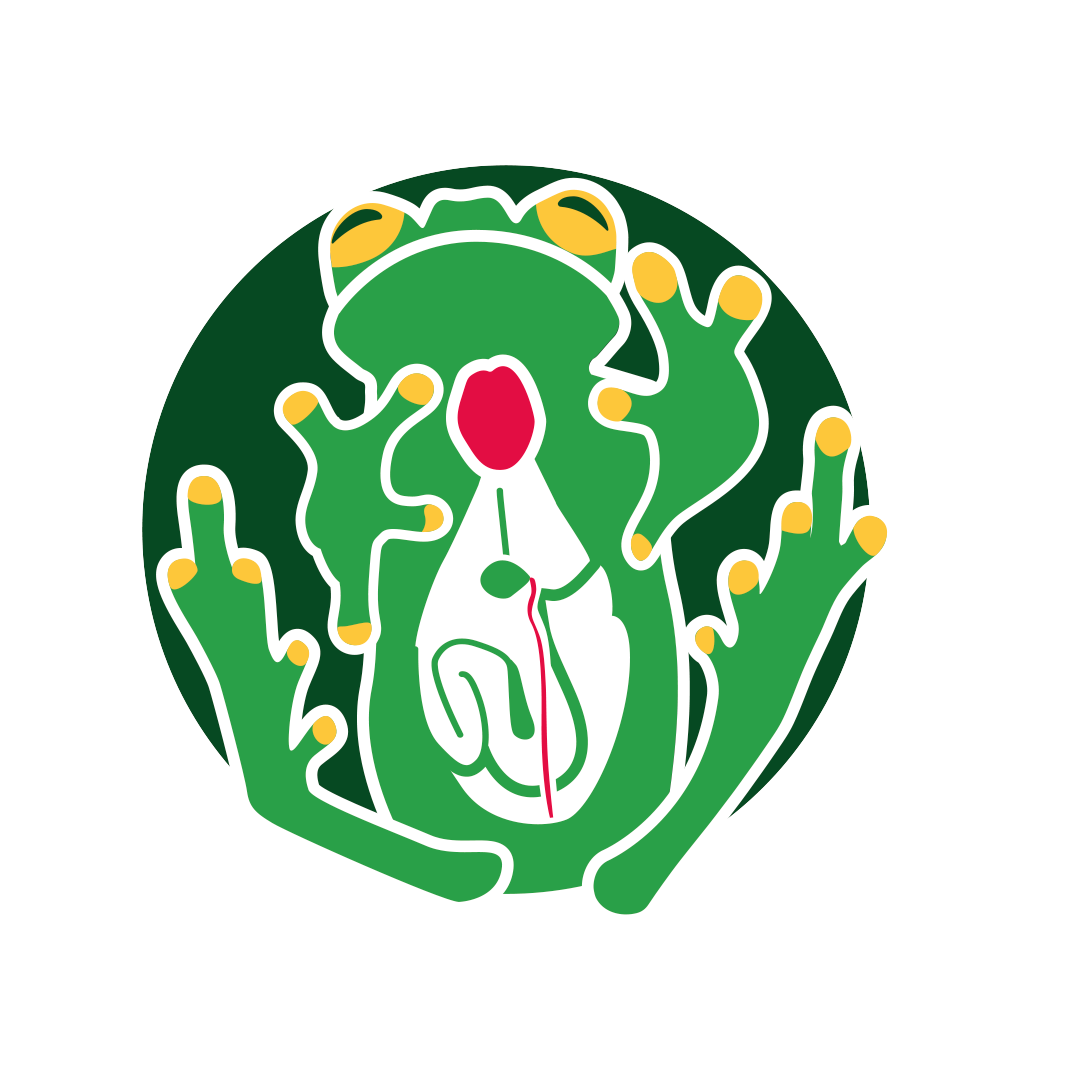 Reserve House of the Frogs of Adela
Reserve House of the Frogs of Adela
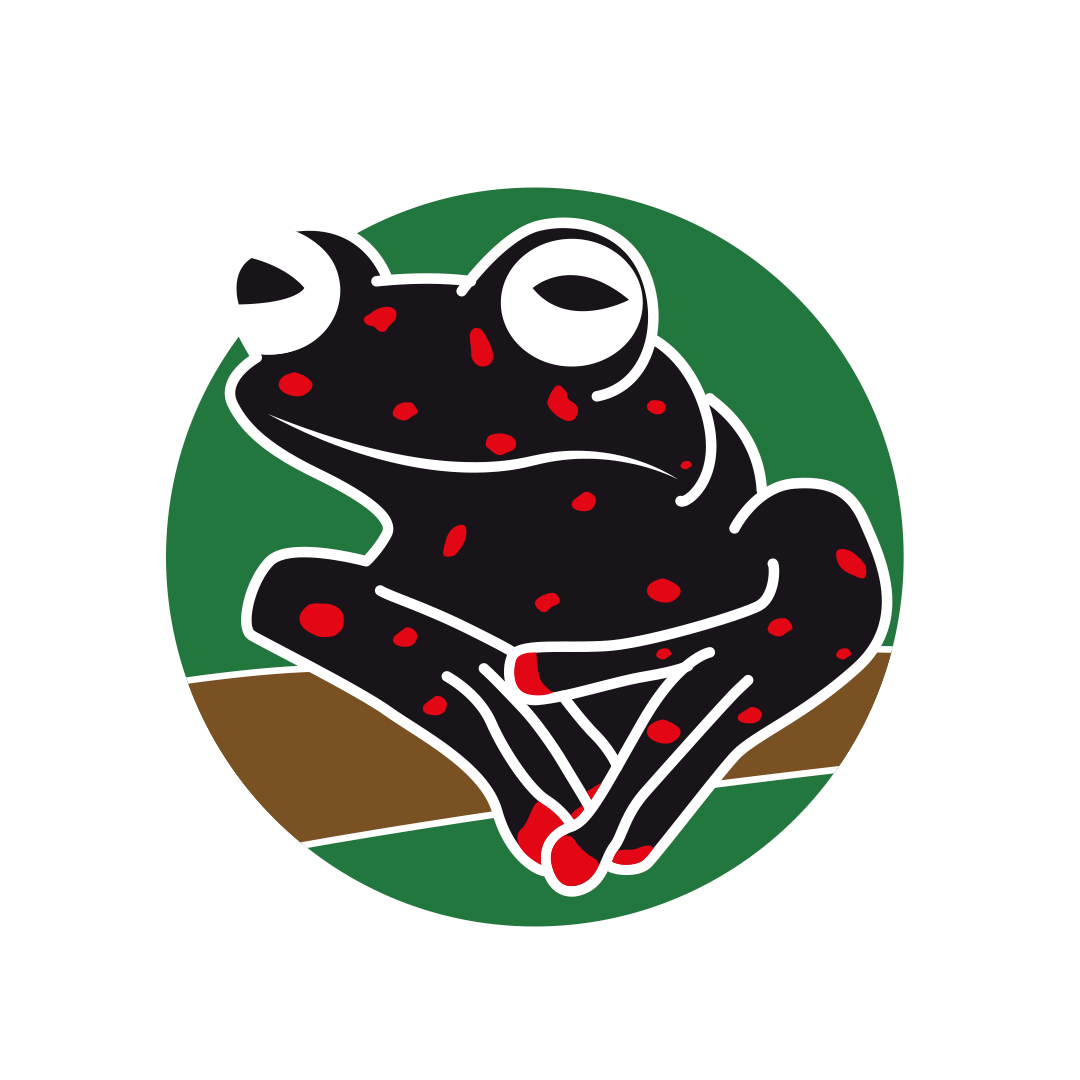 Booking Machay
Booking Machay
 Booking Chamana
Booking Chamana
 Booking Olivier Currat
Booking Olivier Currat
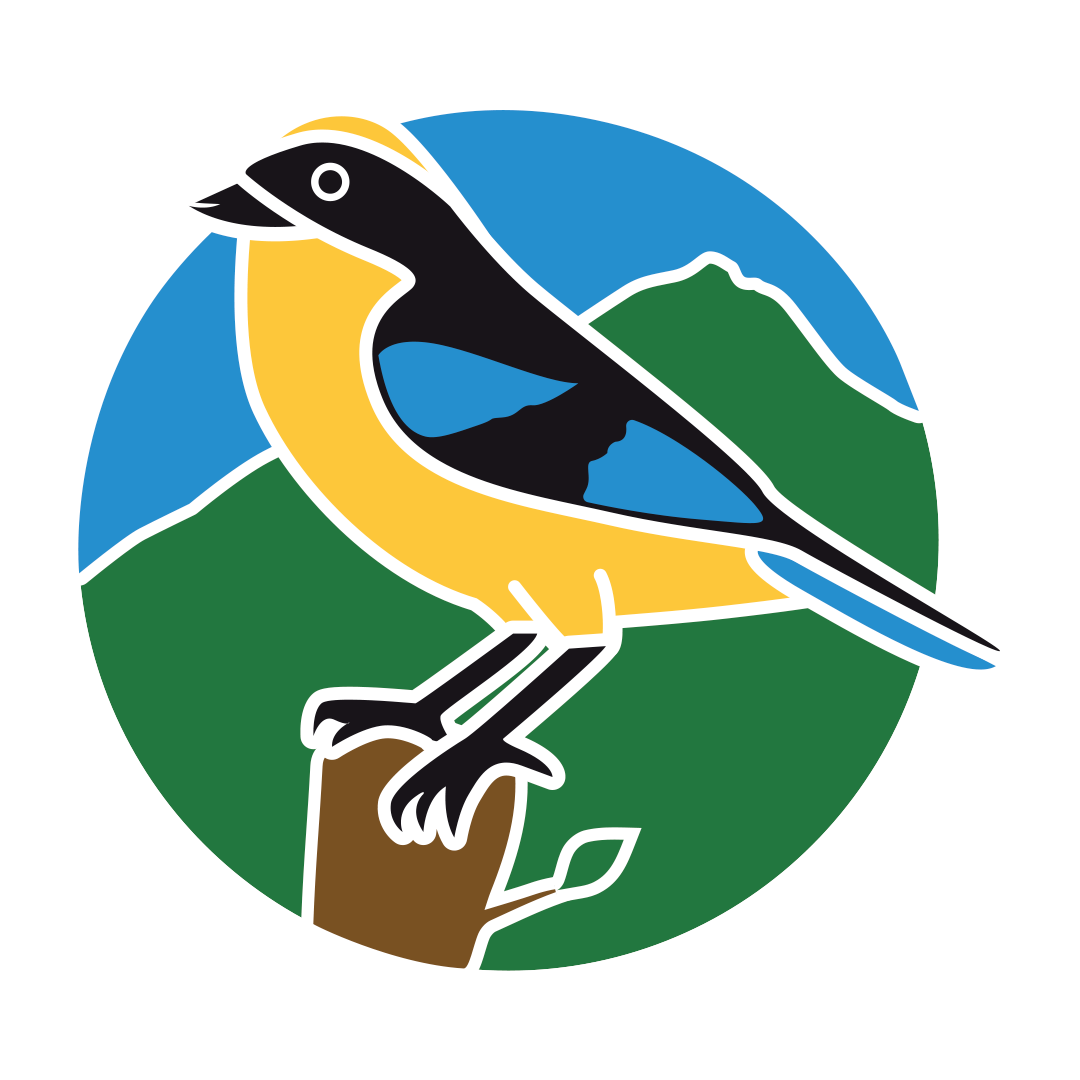 Booking Rio Verde
Booking Rio Verde
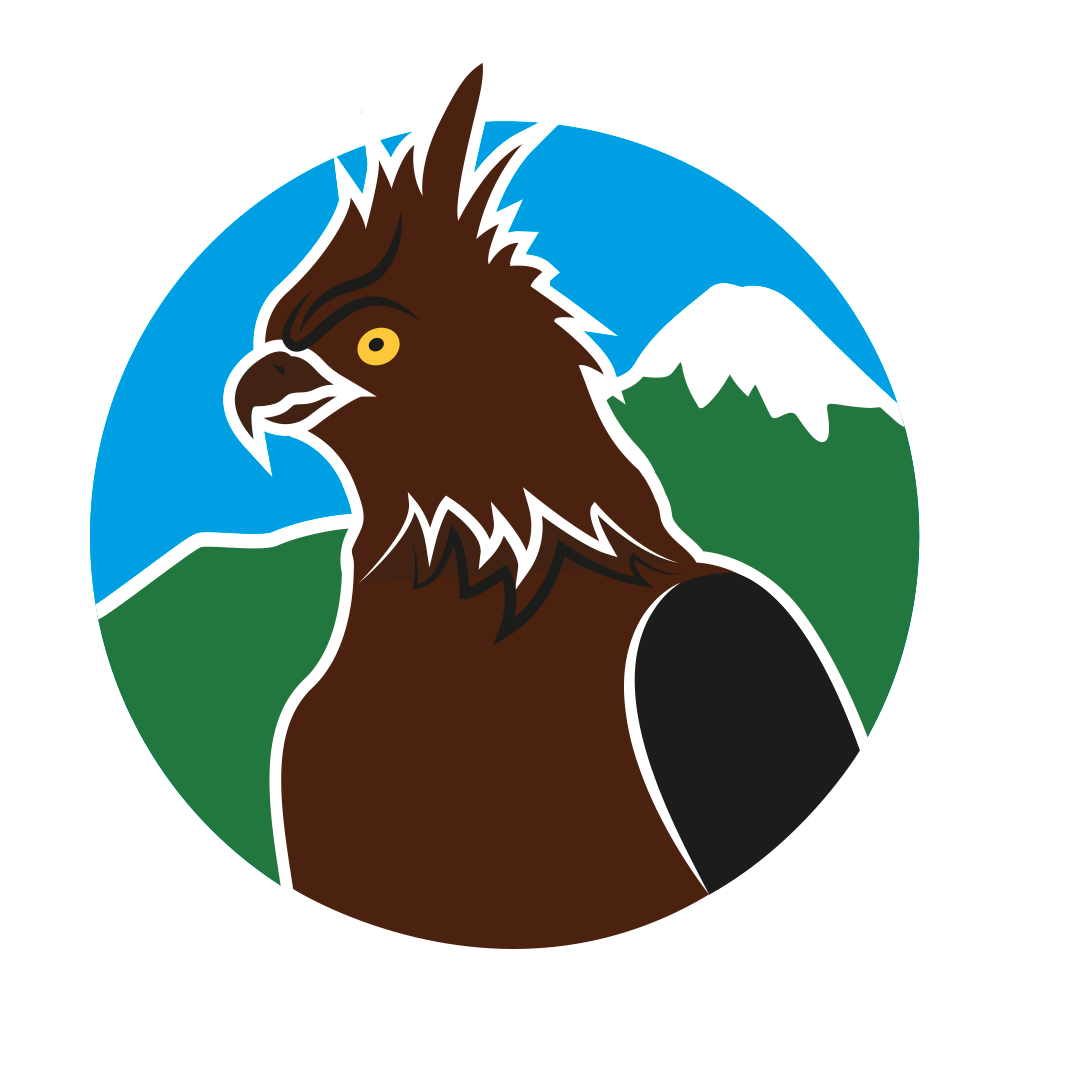 Booking Nelson Palacios
Booking Nelson Palacios

Fundación EcoMinga is a non-ecuadorian non-profit organization that is dedicated to the protection of areas of high endemism and biodiversity.